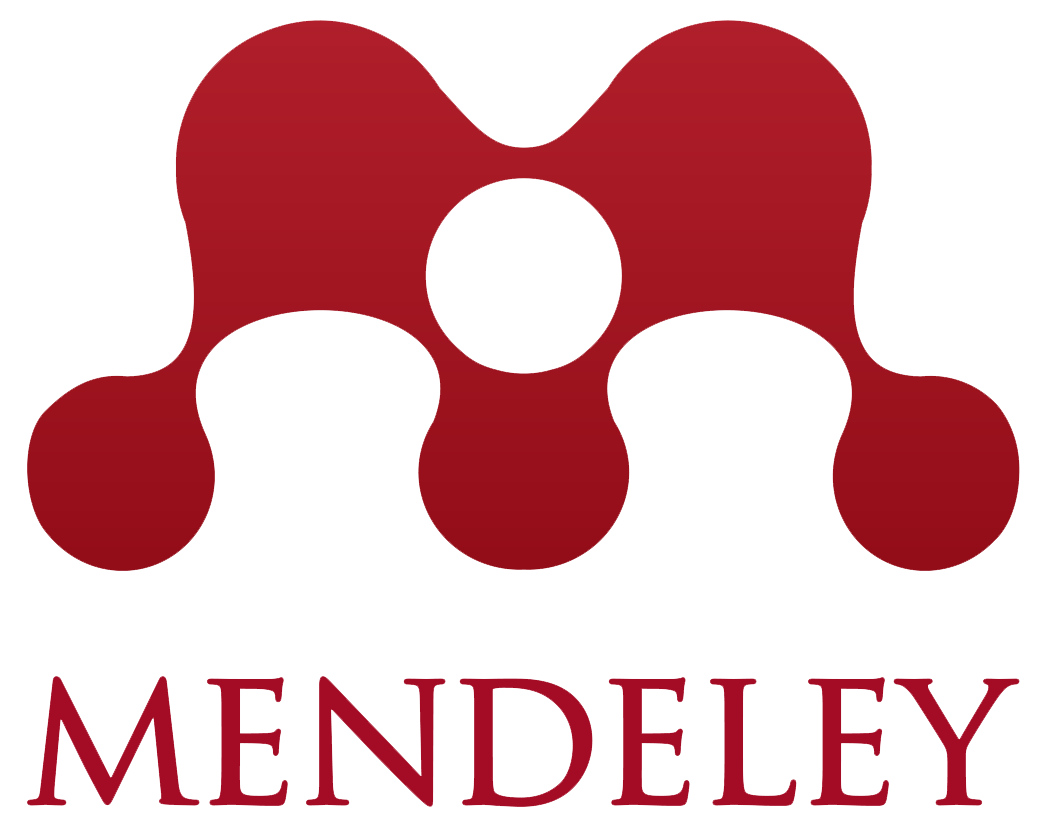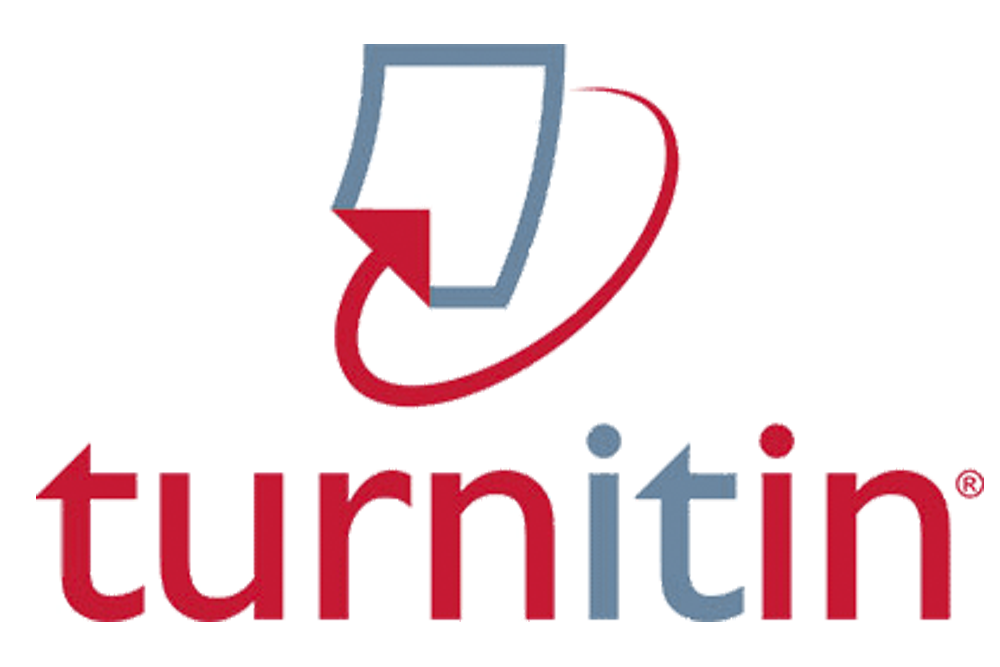Social Media Paradox: An Exploration on the Bright and Dark Sides of Social Media
Abstract
This paper explores a discourse about the bright and dark sides of social media, which is rooted from various studies. It offers also a reflection about the topic. The paper uses literature review as a research methodology to make sense of the data gathered. In conclusion, social media is not beneficial nor malevolent; it is neither neutral. It is only a medium of whatever one wants to convey. Therefore, the bright and dark sides of social media can be traced upon on how a specific individual uses the platform. It just becomes beneficial or untoward depending on the users themselves. Factors, such as, but not limited to, intention, caution, usage, and self-control, contribute to outcomepositive or negative in nature.
Keywords
Full Text:
PDFReferences
Acquisti, A., & Gross, R. (2006). Imagined communities: Awareness, information sharing, and privacy on the Facebook. In International workshop on privacy enhancing technologies (36-58). Springer, Berlin, Heidelberg.
Aishwarya, M. & Vinod, L. (2017). Impact of social media on interpersonal communication. Imperial Journal of Interdisciplinary Research, 3(7), 137-140.
Allcott, H., & Gentzkow, M. (2017). Social media and fake news in the 2016 election. Journal of Economic Perspectives, 31(2), 211-36.
Boyd, D. M., & Ellison, N. B. (2007). Social network sites: Definition, history, and scholarship. Journal of Computer?mediated Communication, 13(1), 210-230.
Castells, M. (2010). The rise of network society. Chicester: Wiley-Blackwell.
Chasombat, P. (2014). Social networking sites impacts on interpersonal communication skills and relationships. Bangkok: National Institute of Development Administration.
Cheung, C. M., Chiu, P. Y., & Lee, M. K. (2011). Online social networks: Why do students use Facebook? Computers in Human Behavior, 27(4), 1337-1343.
olak, B. (2014). To what extent do social network sites affect students academic lives? Mustafa: Bilkent University.
Collin, P., Rahilly, K., Richardson, I. & Third, A. (2011). The benefits of social networking services: a literature review. Melbourne: Cooperative Research Centre for Young People, Technology and Wellbeing.
Couldry, N. (2012). Media, society, world: Social theory and digital media practice. London: Polity.
Dickey, I. & Lewis, W. (2010). The evolution (revolution) of social media and social networking as a necessary topic in the marketing curriculum: A case for integrating social media into marketing classes. Management and Marketing Faculty Publications.32, 140-143.
Ellison, N. B., Steinfield, C., & Lampe, C. (2007). The benefits of Facebook friends: Social capital and college students use of online social network sites. Journal of Computer?Mediated Communication, 12(4), 1143-1168.
Evans, D., & Kowanko, I. (2000). Literature reviews: evolution of a research methodology. The Australian Journal of Advanced Nursing: A Quarterly Publication of the Royal Australian Nursing Federation, 18(2), 33-38.
Fouad, N. S. (2018). Security as a context, generative force, and policy concern for the co-production of cyberspace: historical overview since WWII until the end of the Cold War. In ECCWS 2018-Proceedings of the 17th European Conference on Cyber Warfare and Security. Academic Conferences and Publishing International.
Gil de Ziga, H., Jung, N., & Valenzuela, S. (2012). Social media use for news and individuals' social capital, civic engagement and political participation. Journal of Computer-Mediated Communication, 17(3), 319-336.
Global System for Mobile Communications. (2015). Accelerating digital literacy: Empowering women to use the mobile internet. http://www.gsma.com/mobilefordevelopment/ wpcontent/uploads/2015/ 06/DigitalLiteracy_v6_WEB_Singles.pdf.
Keller, M. (2013). Social media and interpersonal communication. Social Work Today, 13(3), 10.
Khan, G., Swar, B., & Lee, S. (2014). Social media risks and benefits: A public sector perspective. Social Science Computer Review. 32(5), 606-627.
Kiehne, T. (2004). Social networking systems: History, critique, and knowledge management potentials. Austin: University of Texas at Austin. http://sentra.ischool.utexas.edu/~i385q/spring2005/ archive/kiehne_t/kiehne(2004)-sns.pdf
Kietzmann, J. & Hermkens, K. (2011). Social media? Get serious! Understanding the functional building blocks of social media. Business Horizons. 54(3), 241251.
Kuss, D. J., & Griffiths, M. D. (2011). Online social networking and addiction: A literature review of empirical research. International Journal of Environmental and Public Health, 8, 35283552.
Levenson, J. C., Shensa, A., Sidani, J. E., Colditz, J. B., & Primack, B. A. (2017). Social Media Use Before Bed and Sleep Disturbance Among Young Adults in the United States: A Nationally Representative Study. Sleep, 40(9).
Mangold, W. G., & Faulds, D. J. (2009). Social media: The new hybrid element of the promotion mix. Business Horizons, 52(4), 357-365.
Newham, M. (2012). Is social networking media affecting social interaction between users? Dublin: DBS School of Arts.
O'Reilly, M., Dogra, N., Whiteman, N., Hughes, J., Eruyar, S., & Reilly, P (2018) Is social media bad for mental health and wellbeing? Exploring the perspectives of adolescents. Clinical Child Psychology and Psychiatry, 23(4), 601-613.
Paul, J., Baker, V., Cochran, J. (2012). Effect of online social networking on student academic performance. Computers in Human Behavior, 28(6), 2117-2127.
Perloff, R. M. (2014). Social media effects on young womens body image concerns: Theoretical perspectives and an agenda for research. Sex Roles, 71(11-12), 363-377.
Riese, Monica (2016). The definitive history of social media. https://www.dailydot.com/debug/history-of-social-media/
Safko, L. & Brake, D. (2009). The social media bible. Hoboken, NJ: Wiley.
Sashi, C. M. (2012). Customer engagement, buyer-seller relationships, and social media. Management Decision, 50(2), 253-272.
Seltzer, T. & Mitroo, M. (2007). The dialogic potential of weblogs in relationship building. Public Relations Review, 16(33), 227-229.
Trusov, M., Bucklin, R. E., & Pauwels, K. (2009). Effects of word-of-mouth versus traditional marketing: Findings from an internet social networking site. Journal of Marketing, 73(5), 90-102.
Tsai, W. (2001). Knowledge transfer in intraorganizational networks: Effects of network position and absorptive capacity on business unit innovation and performance. Academy of Management Journal, 44(5), 996-1004.
Vaidhyanathan, S. (2018). Antisocial media: How Facebook disconnects us and undermines democracy. New York: Oxford University Press.
Xiang, Z., & Gretzel, U. (2010). Role of social media in online travel information search. Tourism Management, 31(2), 179-188.
DOI: https://doi.org/10.30596/ijessr.v2i2.7013
Refbacks
- There are currently no refbacks.







.png)

